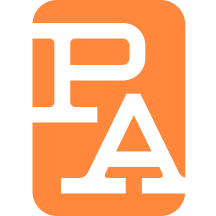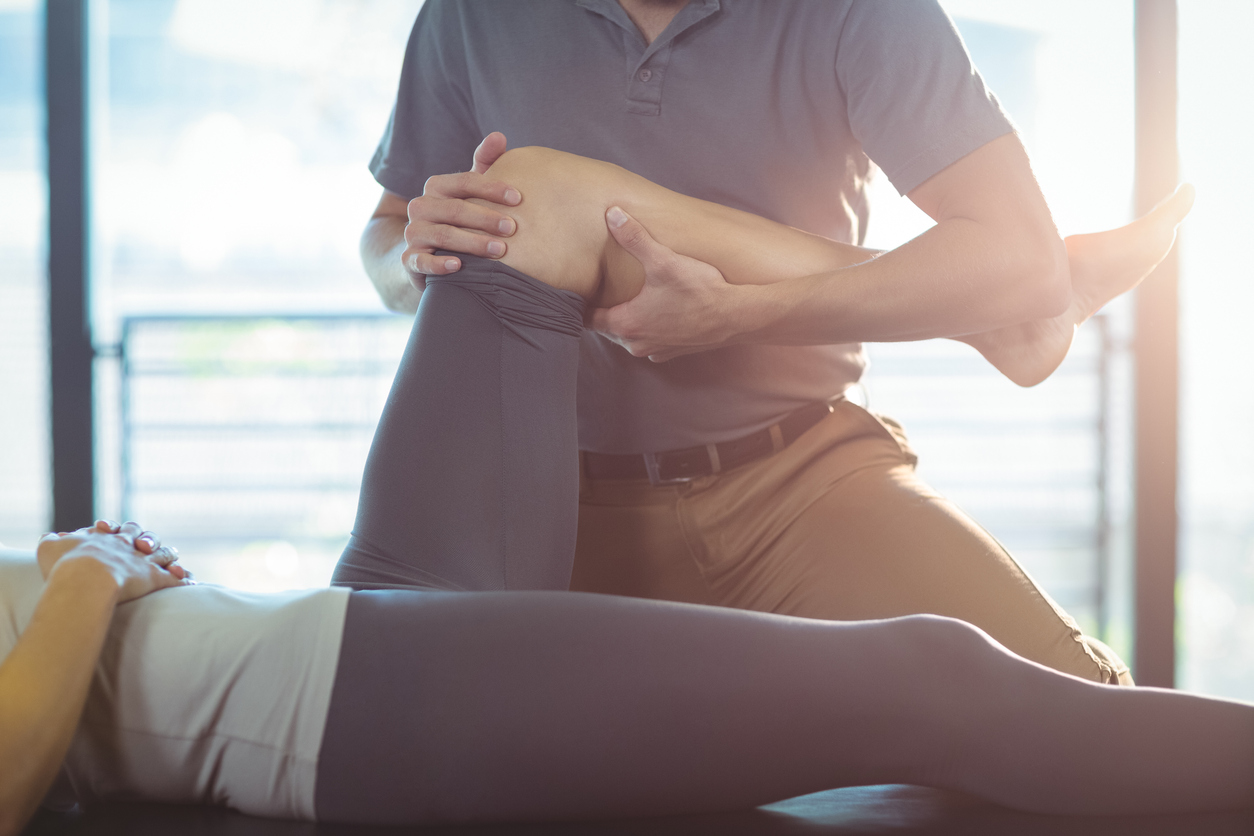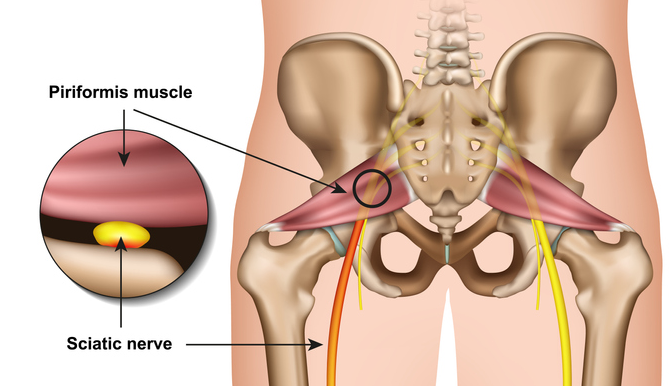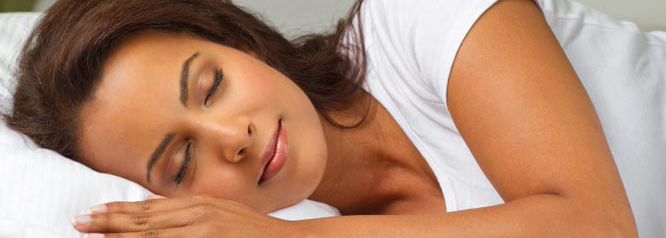6 Types of Massage. Finding the Right One for You.
While many view massage as a type of pampering or something you do at the spa, it’s much more. Athletes and weekend warriors rely on massage therapy to increase performance and rehabilitate injured muscles and tissues. Cancer patients utilize vibrational healing massage therapy (VHMT) for pain and grounding, and those recovering from illness choose lymphatic massage. Migraine sufferers use massage and cranial sacral work to mitigate chronic and acute pain. No matter your concern, there’s likely a type of massage that’s right for you. Read on to learn more.
1. Lymphatic Massage
Lymph is part of the body’s elimination system. Lymphatic massage is a superficial, light pressure technique that helps to get lymph moving and clear out waste. If you have a compromised immune system, are undergoing chemotherapy treatment, or have circulatory issues, lymphatic massage can be helpful in assisting your body’s natural elimination system.
2. Deep Tissue Massage
For tight muscles and knots. Gets into the muscle fibers to loosen tension, increase circulation, performance and posture. Medium to very deep pressure. Athletes and those in touch with their bodies generally prefer this technique. This technique is also known as therapeutic massage in that it can restore muscle tissue to its correct ‘resting length’ and allow for the muscle to perform optimally again.

Shawn Del Gado is a graduate of National Holistic Institute where she first completed the 800-hour Massage Therapy Program.
She has worked in massage studios and clinical offices working with patients in both rehabilitative situations and for improving athletic performance. More about Shawn…
3. Swedish Massage
Mostly known for relaxation. A flowing massage using various long circular strokes to loosen tissues and reintegrate the body. Usually more light pressure though can be firm pressure as well. This is a technique classically used in spas and is perfect for anyone sensitive to pressure. This is also an excellent technique for relieving stress and tension, both physical and emotional.
4. Reflexology
The bottom of the feet and hands can be seen as a map of the body. Reflexology works the parts of the feet or hands that correlate with an internal organ or area of the body. Works well if a body part is too sore to touch. Example: frozen shoulder or recent injury. Also works well at balancing upper and lower parts of the body or left and right sides of the body.
5. Cranial Sacral Therapy
Works well to help relieve headaches, head and ear congestion, muddled thinking, jaw problems, dizziness, balance problems and chronic tension. Cranial sacral therapy, also known as craniosacral therapy, works to connect the whole being. Generally it is very relaxing. It is a slow, gentle process. Because the technique can be subtle, patients sometimes think ‘nothing is happening’ but this isn’t the case. Because this technique works to restore the health flow of cerebrospinal fluid, it generates a deep sense of balance and relaxation.
6. Myofascial Release
Works to untangle the muscle and fascia fibers. Think of a delicate chain that gets tangled when moved about wrong. Myofascial Release follows the body’s tissues to unwind and untangle the fibers. Work can be deep or on the lighter side. Great for tightness, spasms, knots, and for when you just can’t move correctly..
BONUS- Vibrational Healing Massage Therapy
For connecting the whole being, pain, increased athletic performance, trauma, injury, illness, when something just feels off. Think of this technique as a combination of physical work and energy work. VHMT gently gets into the tissues, increasing circulation and easing emotions. Pressure can be gentle to deep.







